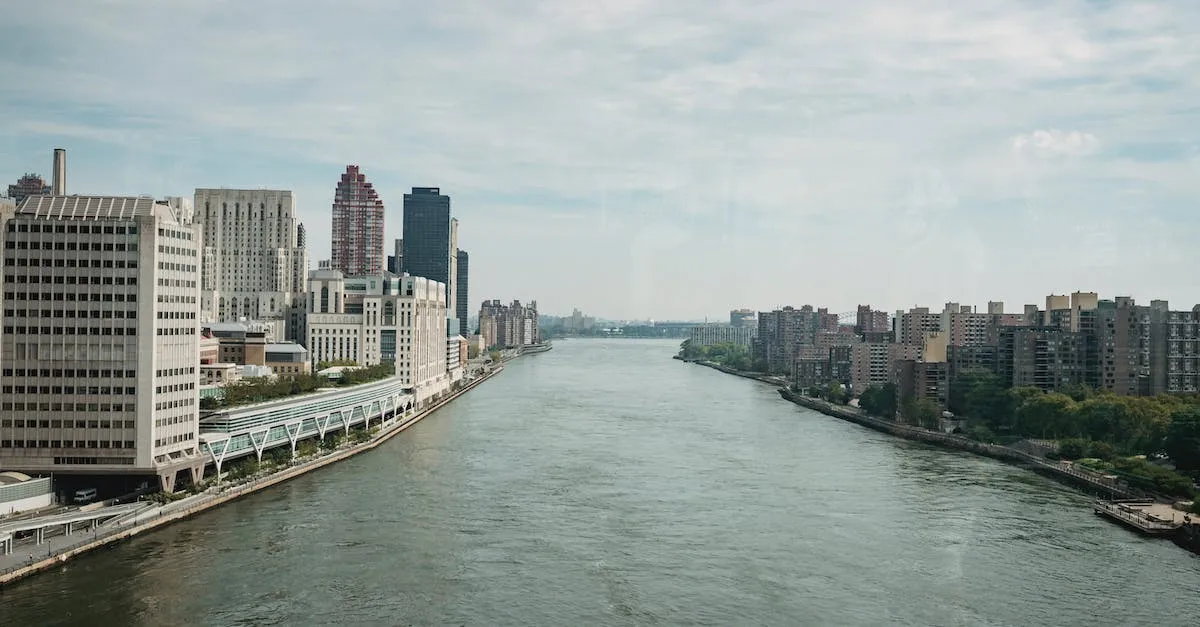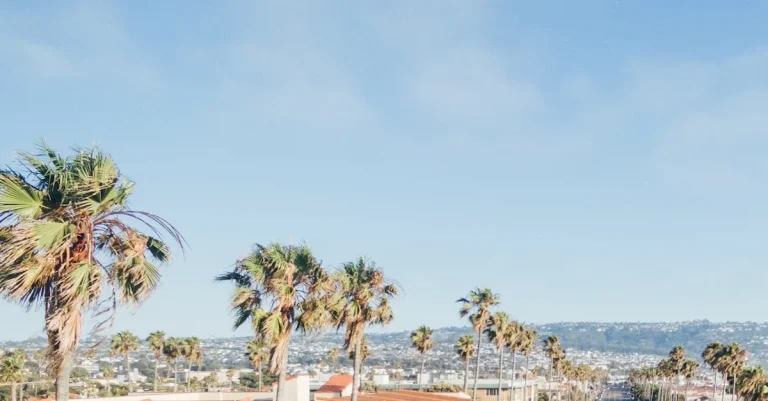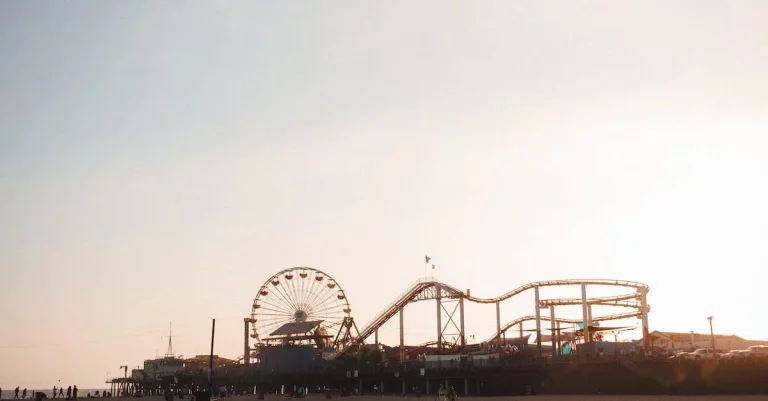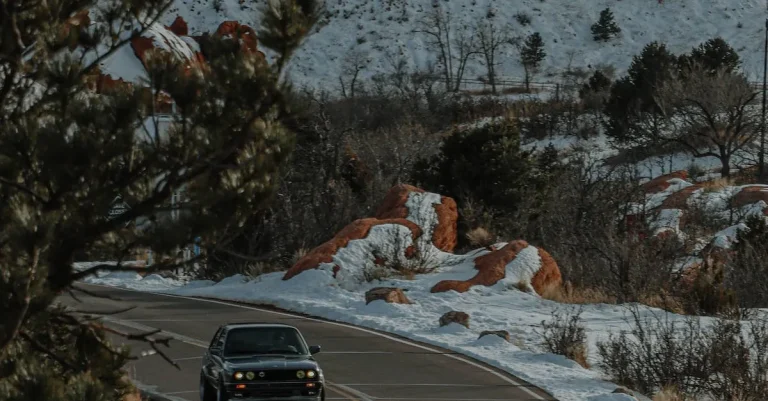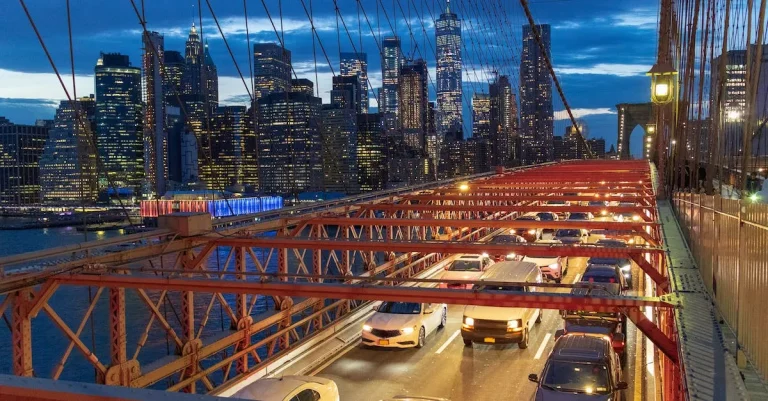The Coldest Month In New York
New York is known for its cold, snowy winters. If you’re wondering when the coldest month in New York is, you’ve come to the right place.
If you’re short on time, here’s a quick answer to your question: January is typically the coldest month in New York with average low temperatures around 25°F (-4°C).
In this comprehensive guide, we’ll go over details including average temperatures, precipitation, and things to do in New York during the coldest month.
View this post on Instagram
Climate Data on the Coldest Month in New York
Average Temperatures
The coldest month in New York typically occurs in January, with average temperatures hovering around freezing point. During this time, residents and visitors alike can expect chilly temperatures that require bundling up in warm coats, hats, and gloves.
While the average high temperature during the day may reach around 40 degrees Fahrenheit (4 degrees Celsius), the nighttime temperatures can drop to below freezing, often reaching the mid-20s (-4 degrees Celsius) or even lower.
Precipitation
New York experiences varying levels of precipitation during the coldest month. Snowfall is a common occurrence, adding a picturesque charm to the city’s streets and parks. On average, New York receives around 7 inches (17.78 centimeters) of snow in the coldest month.
However, it is important to note that these numbers can vary significantly from year to year. Additionally, rainfall is also possible during this time, although it is generally less frequent compared to snowfall.
View this post on Instagram
Sunshine and Day Length
During the coldest month in New York, the city experiences shorter days and less sunshine. This is due to the tilt of the Earth’s axis, which causes the Northern Hemisphere to receive less direct sunlight during the winter months.
In January, the average length of the day is around 9 hours, with the sun setting earlier in the evening. Despite the shorter days, New York still offers plenty of opportunities to enjoy outdoor activities and explore the city’s attractions, even during the coldest month.
For more detailed climate data and weather forecasts for New York, you can visit Weather.com or AccuWeather.
January Weather Patterns in New York
Polar Vortex
January is notorious for bringing extremely cold temperatures to New York, thanks in part to the polar vortex. The polar vortex is a large area of low pressure and cold air that surrounds the North Pole.
Occasionally, pieces of this frigid air mass can break off and move southward, bringing bone-chilling temperatures to regions like New York. During these periods, temperatures can plummet to below freezing, making it important for residents to take extra precautions to stay warm and safe.
According to the National Weather Service, the polar vortex can cause temperatures to drop 20 to 30 degrees below average in some areas. This can lead to dangerous conditions, such as frostbite and hypothermia, if individuals are not properly dressed and protected from the cold.
It is recommended to wear multiple layers, cover exposed skin, and limit time spent outdoors during these extreme cold snaps.
Nor’easters
Another weather phenomenon that can occur in January is the infamous nor’easter. These powerful winter storms develop along the East Coast of the United States and can bring heavy snow, strong winds, and coastal flooding to New York.
Nor’easters are often fueled by the clash of cold Arctic air from the north and warm moist air from the Atlantic Ocean, resulting in intense winter weather conditions.
During a nor’easter, New York City can experience significant snowfall accumulations, leading to travel disruptions and school closures. The strong winds associated with these storms can also create blizzard-like conditions, reducing visibility and making it dangerous to be outside.
Residents are advised to stay informed about weather updates, stock up on essential supplies, and avoid unnecessary travel during these storms.
View this post on Instagram
Lake Effect Snow
In addition to the polar vortex and nor’easters, certain areas of New York, particularly those near the Great Lakes, can also experience lake effect snow during January.
Lake effect snow occurs when cold air passes over relatively warmer waters, such as the Great Lakes, causing the air to rapidly cool and condense, resulting in heavy snowfall downwind of the lake.
Communities located near Lake Ontario, for example, can be blanketed with several feet of snow during a lake effect snow event. These intense snow squalls can create hazardous driving conditions and lead to the closure of roads and schools.
Snowfall totals from lake effect snow events can vary greatly within a short distance, making it important for residents to stay updated on weather forecasts and be prepared for potential disruptions.
What to Do in New York in January
January in New York can be quite chilly, with temperatures dropping to their lowest point of the year. However, that doesn’t mean there’s a shortage of things to do in the city. From indoor activities to outdoor adventures, there is something for everyone to enjoy during this cold month.
Indoor Activities
When the weather outside is frightful, you can still have a great time indoors in New York. The city is filled with world-class museums, art galleries, and theaters that are perfect for exploring. The Metropolitan Museum of Art is a must-visit, with its vast collection spanning over 5,000 years of history.
The Museum of Modern Art (MoMA) is another popular choice, showcasing contemporary art from all around the world. For theater lovers, catching a Broadway show is an absolute must. With a wide variety of productions to choose from, there’s something for everyone’s taste.
Outdoor Activities
Despite the cold temperatures, there are still plenty of outdoor activities to enjoy in New York during January. Central Park is a winter wonderland, offering ice skating at the famous Wollman Rink and picturesque views of snow-covered landscapes.
View this post on Instagram
If you’re feeling adventurous, you can even go sledding down the park’s hills. Another popular outdoor activity is visiting the High Line, an elevated park built on a historic freight rail line. Take a stroll along this unique urban oasis and enjoy stunning views of the city skyline.
Events and Festivals
New York is known for its vibrant events and festivals, and January is no exception. One of the most anticipated events is New York Fashion Week, where top designers showcase their latest collections. It’s a great opportunity to get a glimpse of the latest fashion trends and maybe even spot a celebrity or two.
Additionally, the Winter Jazzfest takes place in January, featuring performances by renowned jazz musicians from around the world. It’s a fantastic way to immerse yourself in the city’s vibrant music scene.
Conclusion
January in New York brings frigid temperatures but also fun outdoor events and activities if you bundle up. With climate data showing it’s typically the coldest month, January is a great time to enjoy New York’s museums, shows, and restaurants. We hope this guide gives you a sense of what to expect for weather and things to do during New York’s coldest winter month.

